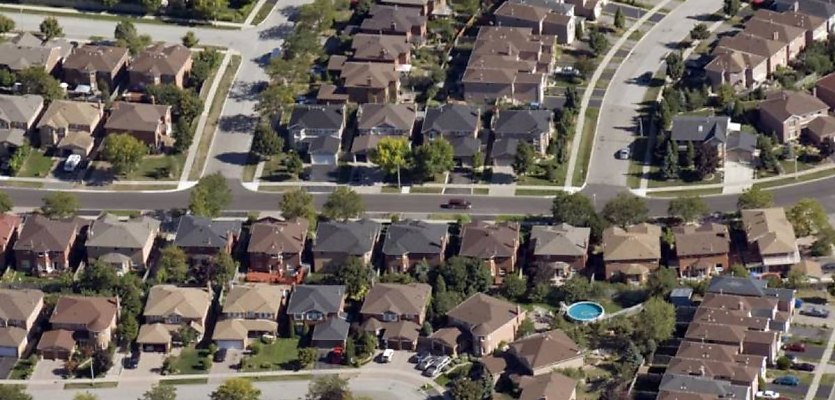While global house price growth slowed over the last five years, Australia’s market defied this trend, with a 45.8 per cent price rise off the top of surging demand and persistent supply shortages.
Research from the independent property research collective, PAR Group, consisting of Y Research and The Data App (TDA), has revealed that from 2019 up to 2023, Australia’s house price growth outperformed comparable global markets by 14.1 per cent, marking a larger than average upswing over the prime COVID-19 years.
This study examined the performance of housing markets in Australia, the US, Canada, the UK and New Zealand since 2019, and observed that Australian house prices surged by 45.8 per cent, compared to the global average of 31.7 per cent.
Setting the scene, the firm noted that during the years following the global financial crisis (GFC), from 2014 to 2020, housing supply across the countries increased slightly faster than population growth across the five global markets reviewed, with the exception of the Canadian market.
Throughout this period, average house prices across the five global markets fell by 2.7 per cent in 2019, before this pace of growth increased in 2020, when prices on average rose by 3.9 per cent.
As a result of housing supply not being able to keep pace with increased demand due to the effects of COVID-19 lockdowns, capacity constraints and material and labour shortages, house price inflation then accelerated across the surveyed countries.
PAR Group also noted that the imbalance between supply and demand was further exacerbated by changing buyer preferences such as fewer people living in each house, changing work-from-home requirements, and pandemic-period government stimuli such, as Jobkeeper, which intensified the upward pressure on house prices.
Over the course of 2021, house prices in the five global markets increased by an average of 21.4 per cent, with New Zealand (28.5 per cent), Australia (26.3 per cent) and Canada (26.1 per cent) reporting increases of more than 25 per cent.
Demand for housing then sharply rose in late 2021 and early 2022 when international borders reopened after the pandemic, with the surge of population growth driven by high levels of international migration overwhelming dwelling supply in the five countries, aside from the US.
In 2023, this increased demand for housing created significant supply shortages, with Canada facing a shortfall of nearly 360,000 dwellings compared to population growth, while Australia, the second most mismatched country, had a gap of 89,000 homes.
Notably, the US was the only country to record a surplus of dwellings, with 100,000 more units than its population growth. PAR Group speculated this was due to the country’s higher housing density and its more developed institutional build-to-rent market.
While global house price growth moderated in 2022 to an average of 11.7 per cent due to easing population growth and rising interest rates, and saw a 5.3 per cent decline in 2023, Australia was notably the only country to record positive annual house price growth in 2023.
Future outlook for price growth
Despite the easing of population growth in Australia compared to the post-pandemic boom, PAR Group highlighted that the ongoing disparities between population growth and housing completions, compounded by construction constraints, make it unlikely for supply and demand to balance in the short term.
PAR Group predicted a rise in demand for sea-change locations in Australia, driven by shifts in buyer preferences following the pandemic and the growing feasibility of remote work.
As a result of this changing sentiment, PAR Group predicted increased demand for larger homes, rather than apartments, as more buyers seek dedicated home offices and private outdoor spaces.
The researchers noted that the US’s housing market, characterised by higher housing density and a more institutional framework supported by “build to rent” models, could set a viable model for reducing price pressures in Australia, New Zealand and Canada, where low housing density contributes to rising house prices.
Although house price growth in Australia has eased in 2024, PAR Group noted that “actual and expected cuts to mortgage interest rates” could trigger another surge in housing demand and further intensify the already significant supply-demand imbalance.









You are not authorised to post comments.
Comments will undergo moderation before they get published.